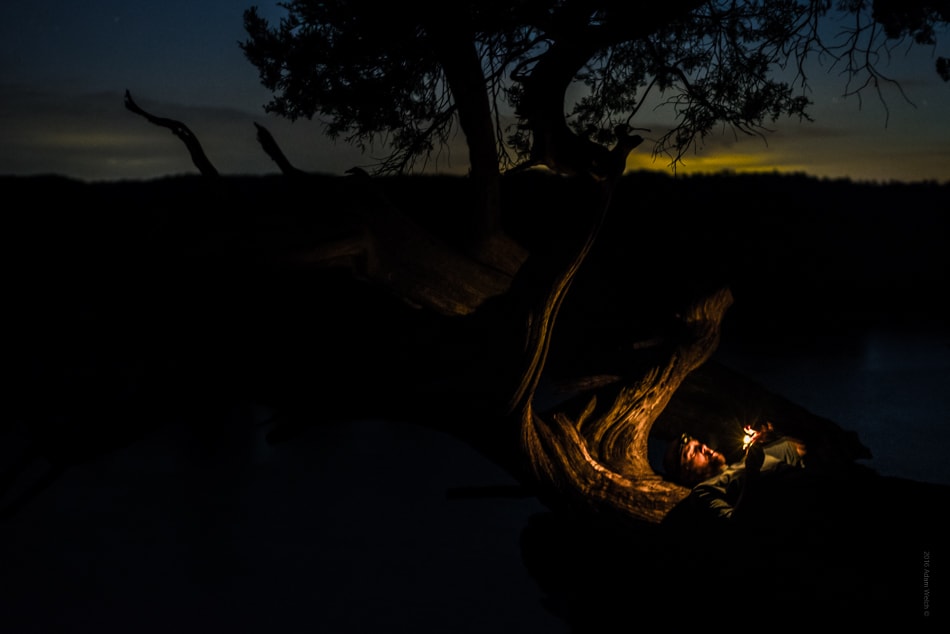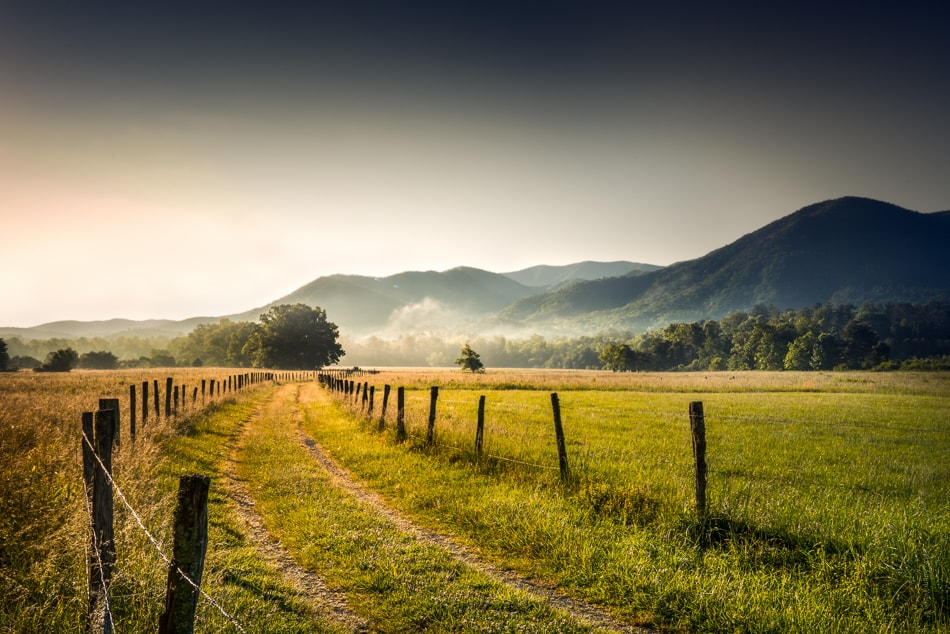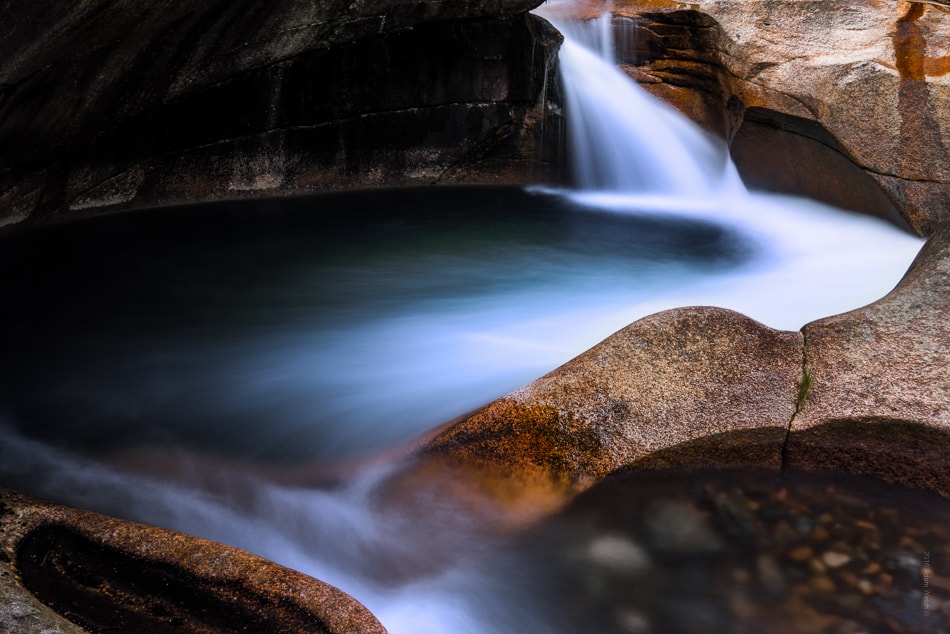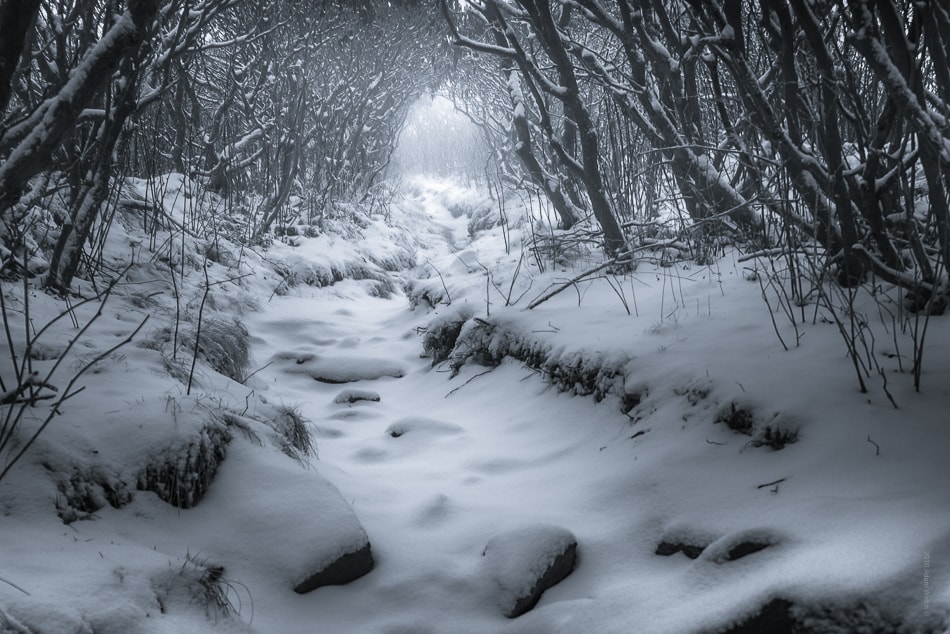A Year After Mirrorless
The decision to leave my tried and true dSLR setup behind wasn’t one that I made easily nor should it have been. Switching from a traditional camera setup to full-frame mirrorless made me feel uneasy at best. How would the platform compare to the system I felt so comfortable using?
Could such a small package pack even more image quality than I expected from my dSLR? Could the mirrorless camera body hold up to the constant punishment that would be dished out while out on adventures?
I was conflicted both creatively and financially. Admittedly, the thought of having such a drastic investment implode made me more nervous than a mouse at a cat convention. That’s right…a cat convention.
With a deep breath and shaky hands I took the plunge. I remember the first time unboxed my Sony A7r in my living room. Compared to my Canon 7D…the size shock was immediate. The lightness of the camera was frightening.
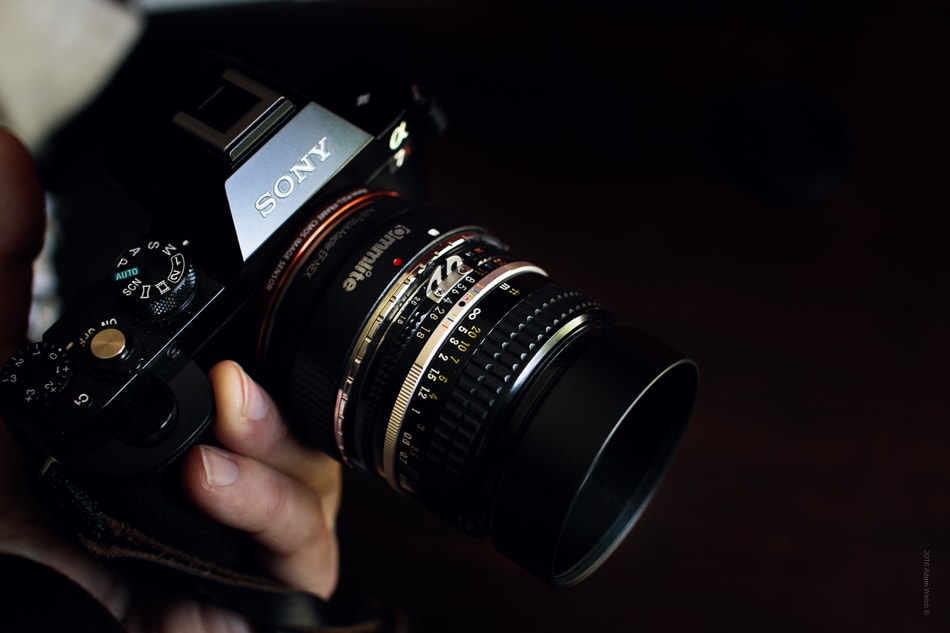
The size difference compared to my previous dSLR was so astounding that the camera itself seemed to be fake.
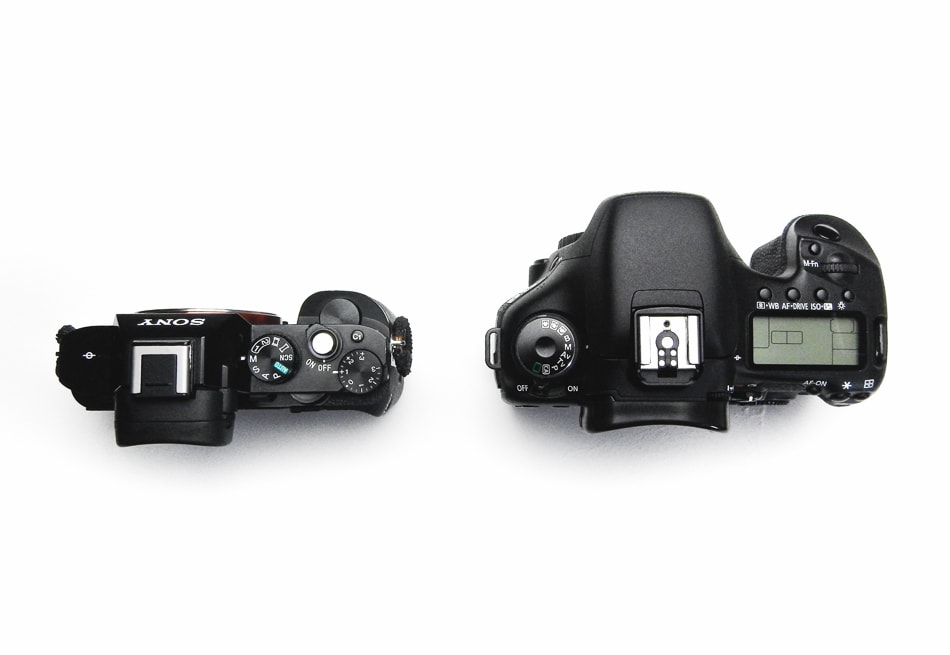
Not fake in a flimsy or plastic way, quite the opposite. Rather, it was the fact that I held a 36.4-megapixel full frame sensor in my hands that was housed in a package that was freakishly small. It was thoroughly alien to me. I would take this camera into some of the most hostile conditions a camera can be dragged into which made me wonder, even then, if I made the right decision in leaving my dSLR.
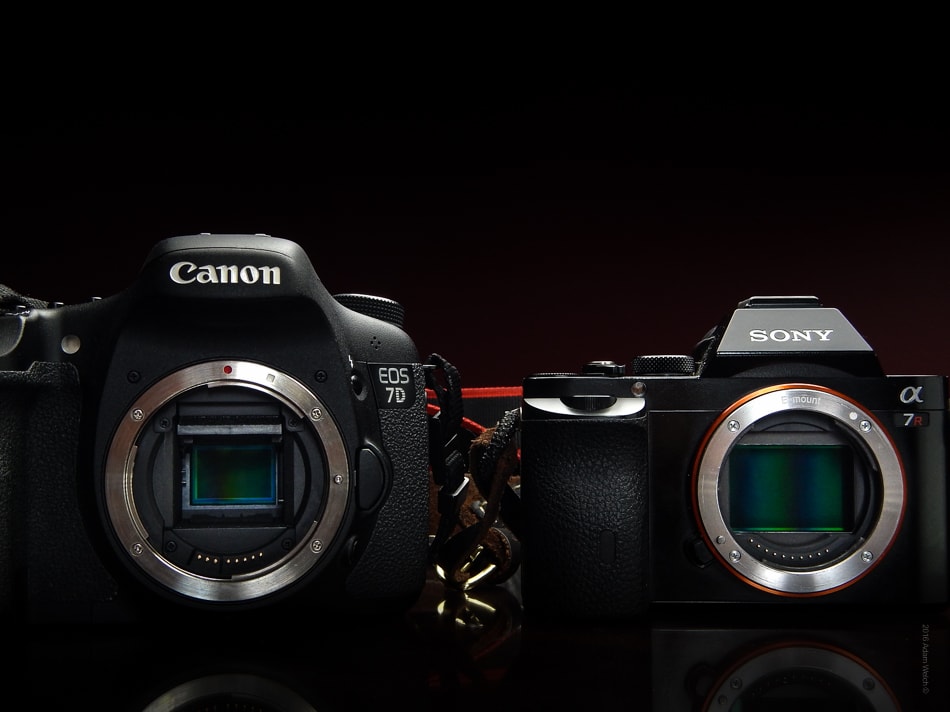
Fast forward a year. Even now it’s hard to believe I’ve been a full-frame mirrorless camera for more than 365 days of almost daily shooting. The Sony A7r has been my main camera body for over a year of adventure shooting covering seventeen states and two countries. It has endured rain, snow, sand, seawater, heat, cold, mountain lions, and other little nasties encountered along the way.
This will be an account of some of the key points I found to be interesting about my switch to full-frame mirrorless. If you’re considering making a similar leap then hopefully these real observations will serve to ease your mind and soften the impact of your decision.
Durability
Around the time I purchased my A7r was some contestation on whether or not the camera could, well…weather the weather.
Supposedly, Sony originally marketed the camera as having weather sealing. Then, as if out of nowhere, the phrase “weather sealed” seemed to appear less and less in advertisements until it vanished completely. I won’t make any comments in either direction on the issue of whether the camera was intentionally marketed as being weather sealed or not but I will share a few photos that will hopefully demonstrate it’s elemental capabilities.
Like here…
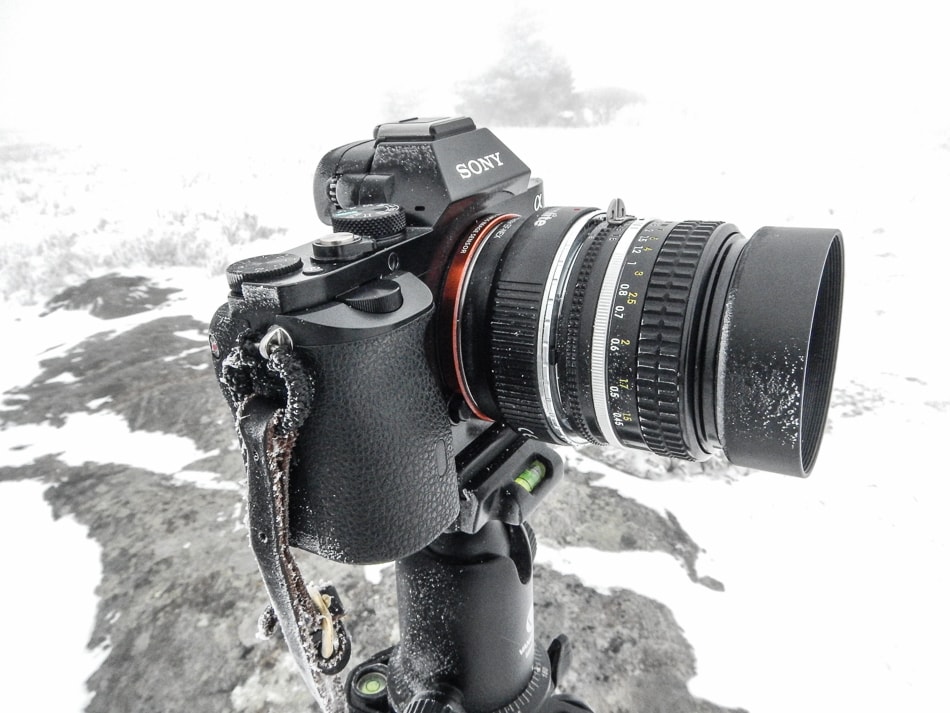
And here…
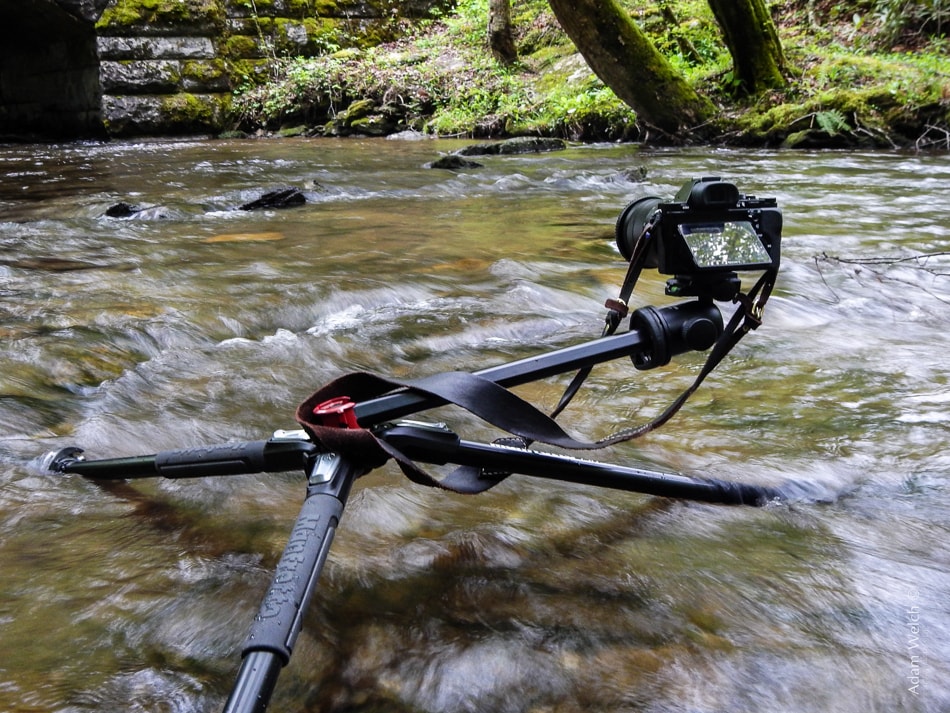
And over here…
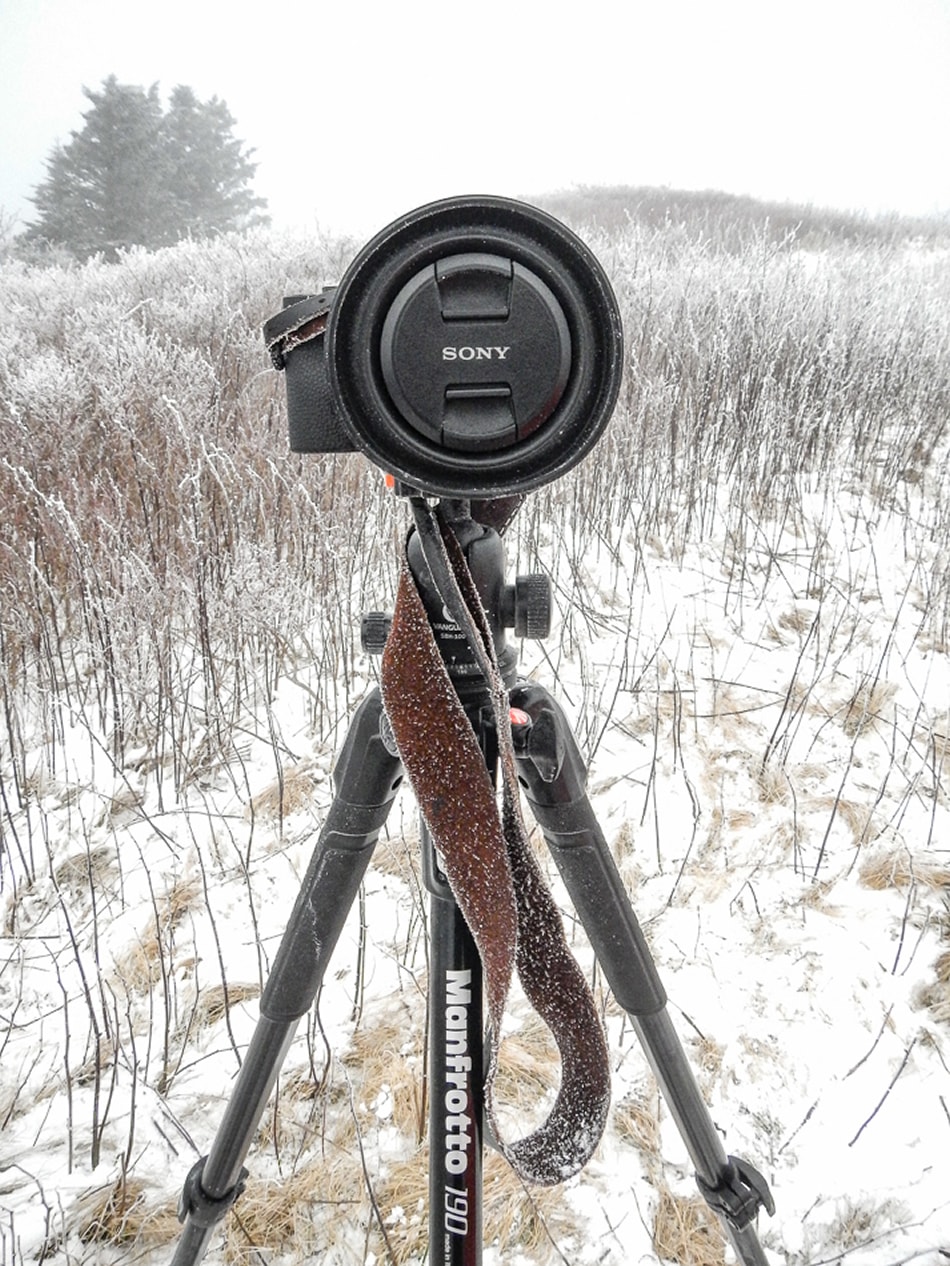
Externally, the A7r is still going strong. All the buttons, selector wheels, and the screen articulation are just as they were when I lovingly wrenched it from its box for the first time over a year ago. Something that has truly surprised me is just how well the black coating of the finish itself has worn. It was not scratched or scuffed or shown any signs of wear even after countless rides in my camera bag and miles of trail hikes in my backpack.
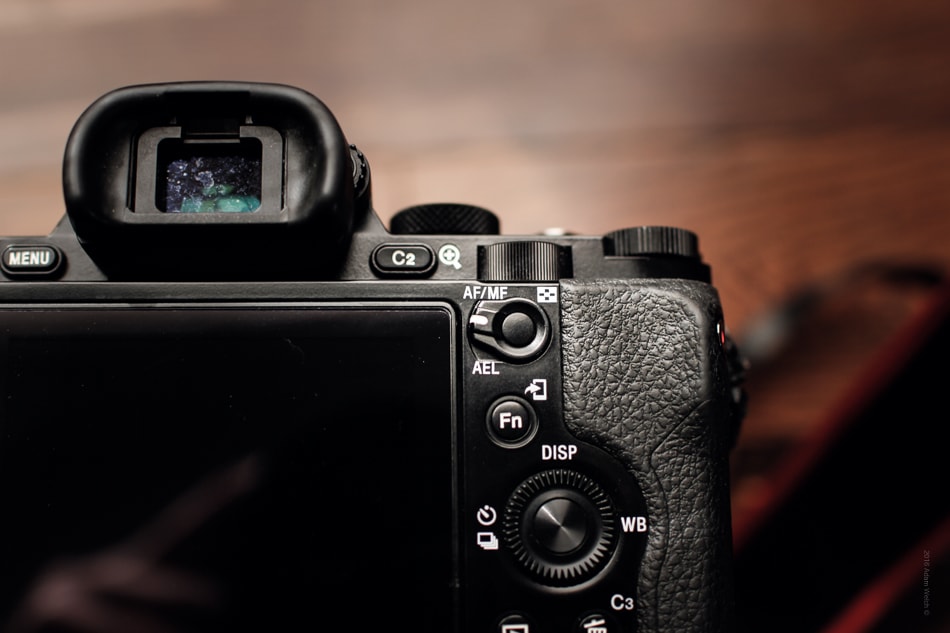
Living with an Electronic Viewfinder
One of the biggest concerns I had when switching to a mirrorless system from my dSLR was the fact that the viewfinder would be completely electronic as opposed to the mirror/prism viewfinder of my previous camera. I’ve always been of the mind that the less the camera gets in the way of my photo work the better off I will be. While I haven’t completely deserted that mentality I have come to understand that it wasn’t completely correct either. I realized that an EVF, if you find a good one, offers so much more than just being a clone of my LCD screen.
The EVF of my A7r performs extraordinarily well for offering an accurate representation of not only shutter speed settings but also real-time depth of field simulation. The EVF allows me to not only gauge the RAW image output accurately but also helps tremendously when using very strong neutral density filters.
All in all, the EVF has offered many more benefits than limitations.
Lenses Lenses Lenses!
It’s true that you can adapt many lenses from many different manufacturers to fit the majority of camera bodies. Still, the ability to use multiple makes of lenses on such a small yet powerful full-frame platform offers wonderful benefits both practically and creatively.
Currently, I use lenses from Sony, Rokinon, Canon, and Nikkor.
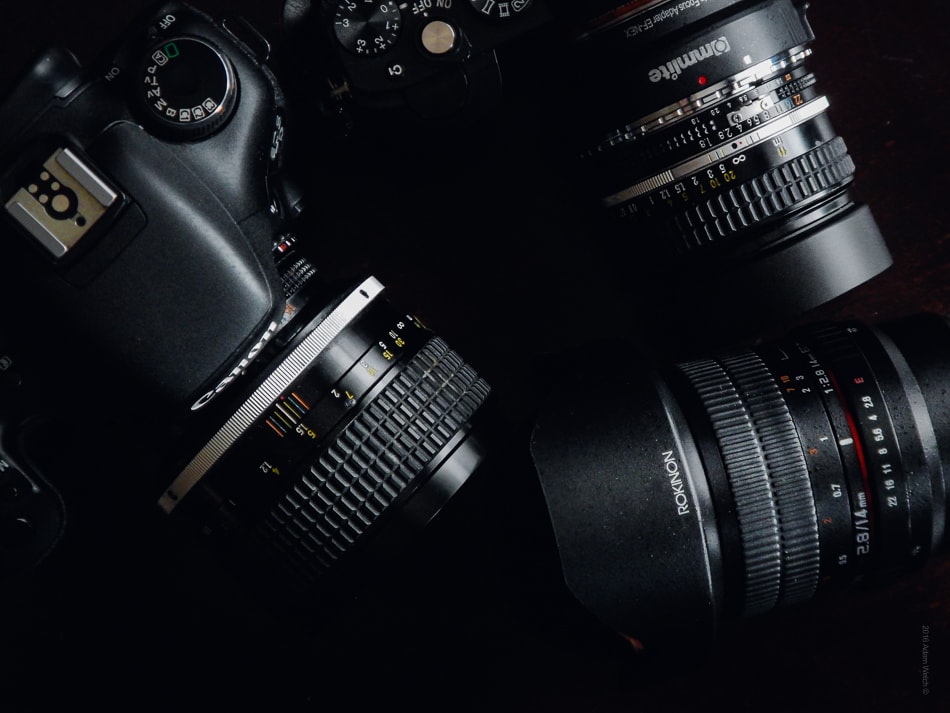
Four different lenses ranging from modern full-auto glass to thirty-five-year-old full manual beauties and all on the same compact camera system. Not only was I able to use lenses from my previous Canon dSLR but I was able to use those lenses more dynamically because now they could work with two different cameras if needed.
This means that I can save room in my bag and keep less money invested in my gear without having to buy a completely new kit.
Granted, the A7r works well with those “legacy lenses” but a little gem called “focus peaking” takes things to a whole new level. Focus peaking highlights the areas of the frame with a selected color (white, red, yellow) which are in focus and comes very much in handy when using full manual focusing with this types of lenses. This takes a lot of the guesswork out of manual focusing creating a final image that is much more accurately focused.
I’ll admit that the focus peaking option doesn’t get much use in my work (landscapes, adventure) but for those who find themselves shooting portraits, the peaking function is something that will go a long way. And it’s still great to have if there were to be a need.
Mmmmm. That Sensor Though…
This section will be purposely brief because well, what I’m about to say has been stated over and over again in countless reviews of the Sony A7r. I’m sure that if you’re considering making the jump to the full-frame mirrorless side of the force you’ve already heard the unbelievable dynamic range offered by the 36.4 megapixel Exmor CMOS sensor. It is capable of exceptional low noise performance and offers herculean post-processing options. It was this awesome dynamic range which led me to the A7r to begin with but it goes a little further than that.
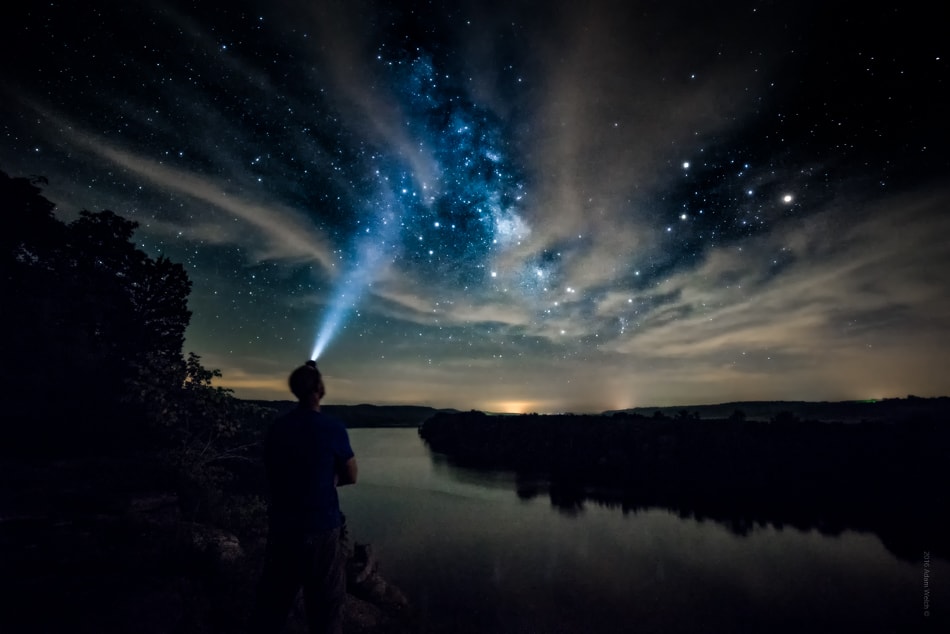
The A7r sports more than just a massively megapixeled sensor. It has a sensor that excludes an anti-aliasing filter. Simply put, an anti-aliasing filter prevents that odd moire pattern from appearing when the camera shoots a television screen or when multiple close grouped intersecting lines appear in a scene.
That’s all well and good. But here’s the catch, the anti-aliasing filter degrades image sharpness. Not by much, but for my purposes, it was a significant factor in my decision.
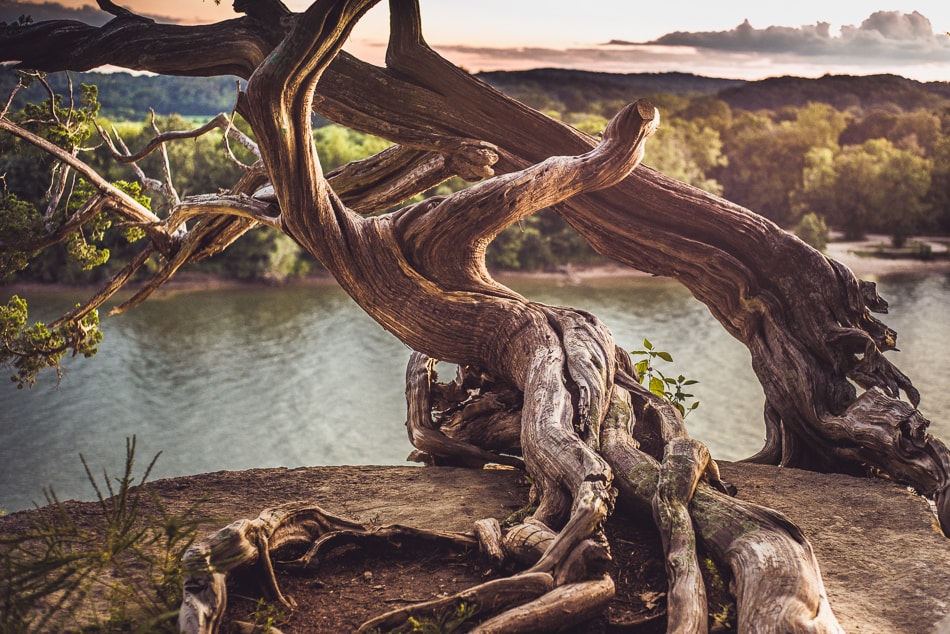
I was in pursuit of absolute sharpness and this meant clutching at every possible advantage. The removal of the anti-aliasing filter from the A7r meant that my images could “hypothetically” be as sharp as the image sensor and lens would allow. Speaking of sharpness…
Bad Vibrations
I feel the need to address a very much mentioned drawback to the Sony A7r platform; the shutter vibration. An inherent physical attribute of the lightness of the camera body itself means that there is less mass to absorb the movement from the shutter actuation. This means that the action of the shutter itself can cause image sharpness to plummet. Does this problem exist in real world use? Well…slightly.
When shooting especially light lenses like my Canon 50mm F1.4 I have noticed some underwhelmingly small variations in sharpness when magnified to the 2:1 or even 3:1. Is it a problem you, I, or most anyone else should be concerned with? In my opinion, absolutely not.
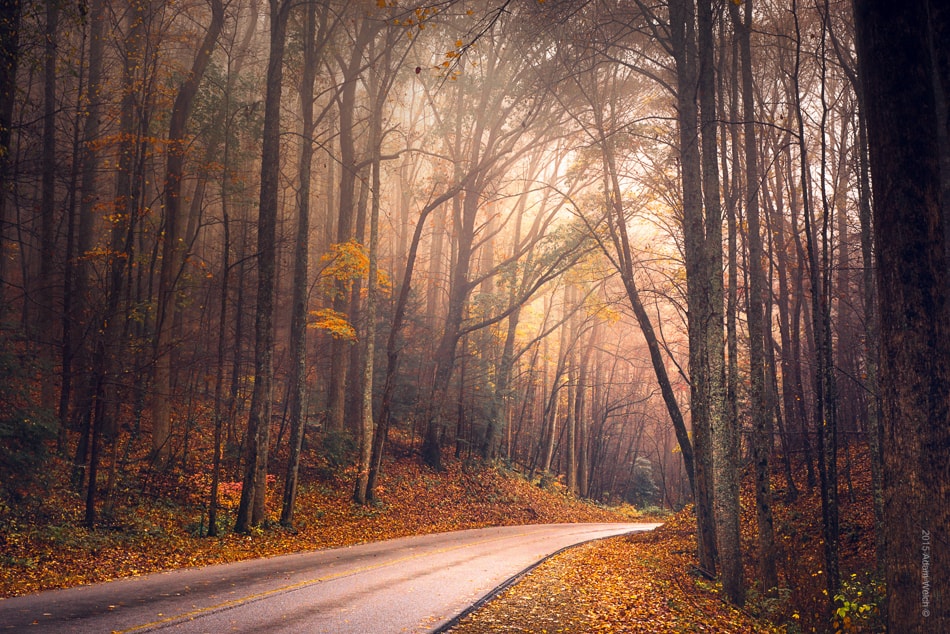
The vibration caused by the shutter of the A7r is virtually unmentionable in actual practice. Plus, I really like the shot affirming “sha ching” of the shutter firing each time I squeeze off an exposure. You might also be happy to know that Sony has addressed this “problem” in the Mk2 version of the A7r with the addition of a silent electronic shutter option… but that’s another article.
That Bottom Line “Thing”
When I went hunting for a new camera system I was searching for a powerhouse of resolution that would be capable of delivering world-class image quality while enduring some of the harshest physical conditions encounterable by man and not require a hauling team of pack mules to move around.
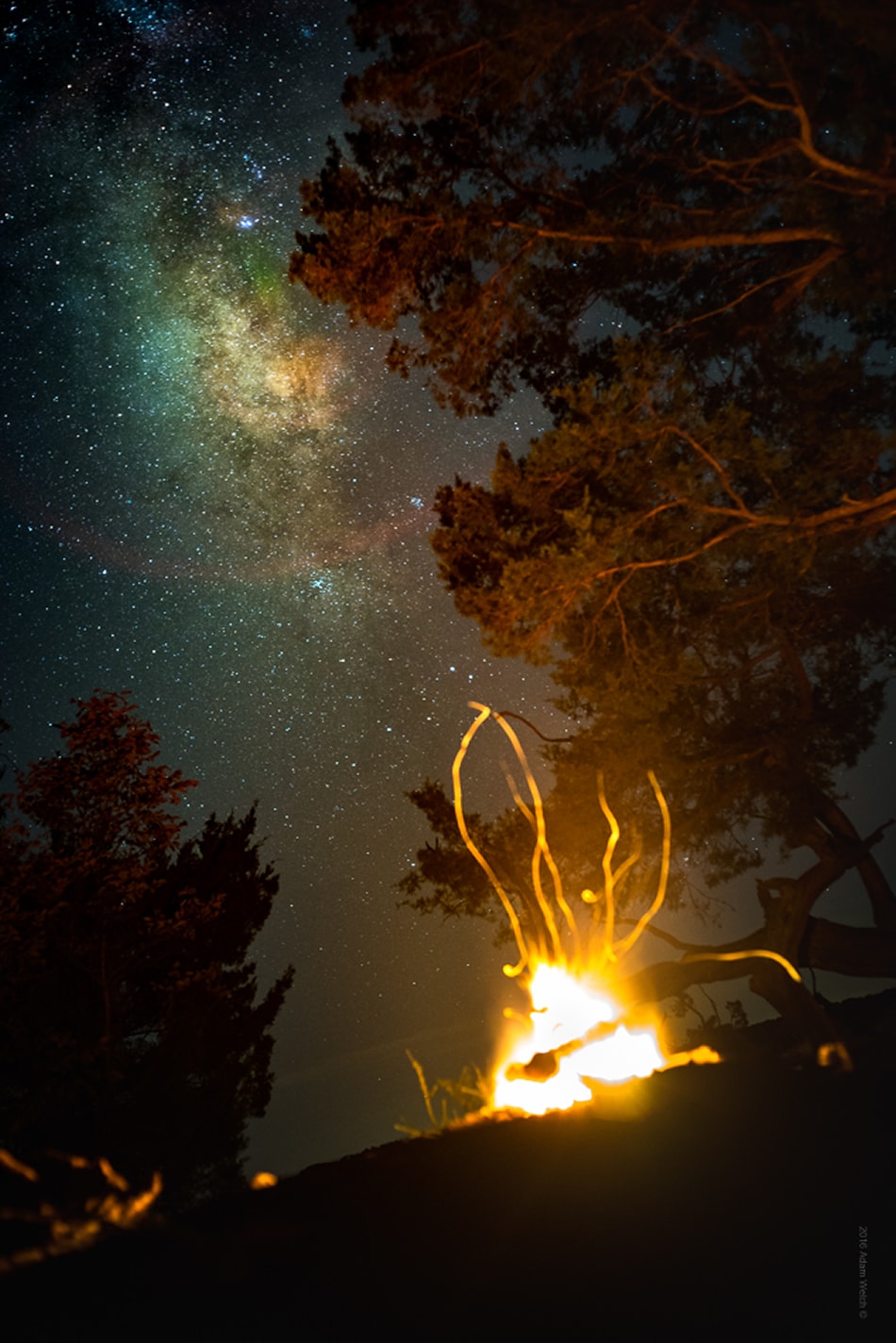
Did I find this unicorn of cameras? Well, actually I did. The Sony A7r continues to meet every single requirement I have for the nature of my work. Is the full-frame mirrorless camera system perfect? Honestly, for me, it absolutely is just that. Perfect. And that’s what you have to ask yourself when looking for any camera or any other piece of photo gear that will meet with serious use. “Is this the right piece of equipment for me?” The full-frame mirrorless system fits my needs and my direction as a photo maker. Will it be right for you? Maybe.
You may not need the 36.4-megapixel resolution as I do for 20×34 landscape prints. You might actually be able to use the anti-aliasing filter if you plan to shoot a lot of videos… which I don’t. Do you find yourself inescapably in love with your dSLR? Then don’t switch. One thing I’ve learned over the years is that the most appropriate piece of any kind of gear is the one which meets whatever your necessity might be at any given time.
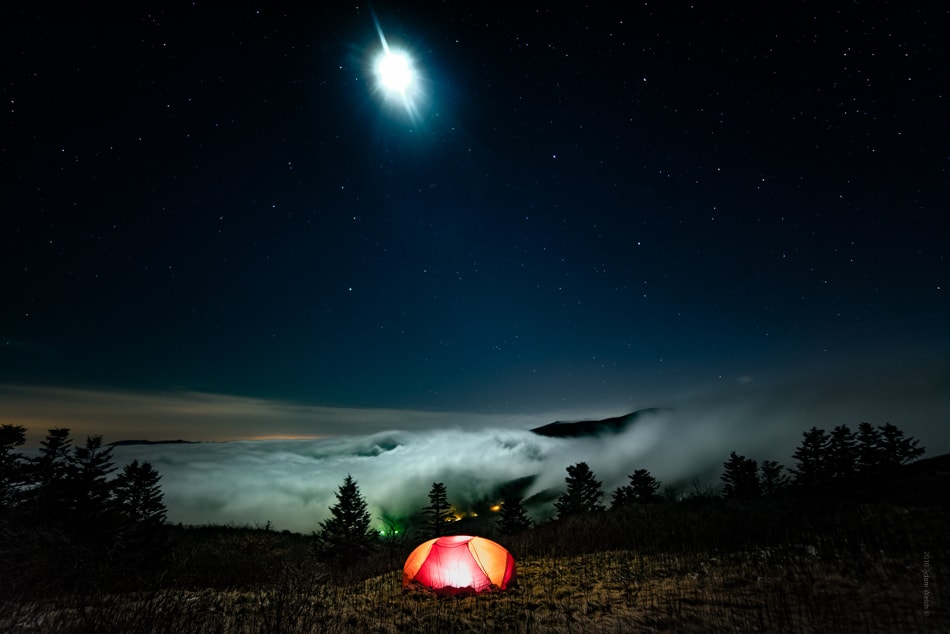
If your needs are completely met right now then allow me to be the first to congratulate you! But if you find yourself looking for something new, and you’re situation somewhat matches mine from a year ago, please don’t be afraid to seek out the unfamiliar just because it’s a little different than what you’re used to handling. It’s the bold moves which take us to new heights.
Here are a few more images made over the course of the past year of adventuring with the Sony A7r.
